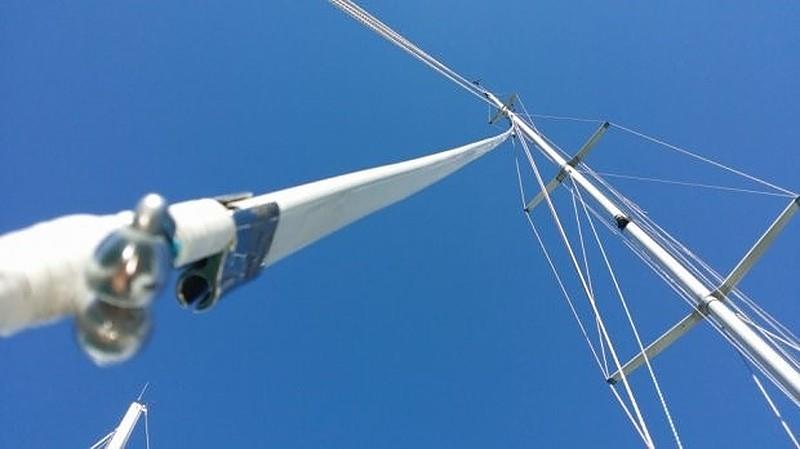
Tuff Luff head foils - Care and Maintenance
by Prinal Shah 2 Jan 2020 09:00 GMT

Tuff Luff's twin-grooved headfoil allows for easy and fast headsail changes © Schaefer Marine Inc
Tuff Luff's twin-grooved headfoil allows for easy and fast headsail changes. It is a must-have system for any club or competitive race boat. Tuff Luff is owned by Schaefer Marine Inc. who has been in marine hardware design since 1966.
Although Tuff Luff has been around for many years there have not been many significant changes to the product, which is a testament to its simplicity and quality. In this blog, we discuss its benefits and key tips on maintaining your Tuff Luff headfoil. You could also check out our previous blog where we compare Tuff Luff with the other main contender for the headfoil market; Harken Carbo Racing Foil.
Benefits?
- Simple
- Lightweight
- Easy to install and use
- Rugged
- Durable
For 95% of sailors the choice is simple: Harken or Tuff Luff, however for the other 5% there are a limited number of Grand Prix alternatives.
For example, Gorilla Rigging's G-Foil which utilises a fabric wrap around the forestay with a polycarbonate plastic extrusion hung behind it.
This provides weight, aero and impact resistance advantages, however, it should be noted that this is a fully custom product with a price tag to match!
So, how do you get the most out of your Tuff Luff head foil?
As it is such a simple system, there is a limited amount of maintenance work required, however, there are a few key tips to ensure reliable performance:
- Always use Chafe Tape on the bottom quarter of the front of the foil - this is to protect against rapid chafe from sheets running around the headfoil.
- If you are using a symmetrical spinnaker you should also consider some Kevlar reinforced, impact resistant tape in the area where the pole sits on the forestay on a close reach.
- As your Tuff Luff ages, the unstoppable effect of UV degradation gradually makes the extrusion more brittle. Impact damage is always a risk but you should take extra precautions against impact, the more seasons you have your headfoil.
- Always use a pre-feeder to minimize the risk of the luff tape jumping out of the extrusion.
- Regularly check the stainless feeder for damage. If the feeder is bent or damaged this can also lead to the luff tape jumping out of the foil.
- Make sure all your sails have the correct luff-tape for the foil, and regularly check your luff tapes for damage.
- Finally, always remove and store your Tuff Luff under cover over the winter.
A properly-maintained Tuff Luff will give you many seasons of reliable service.
If you have any questions about your headfoil please contact upffront.com using the contact form or if you need spare parts you can find them online too.